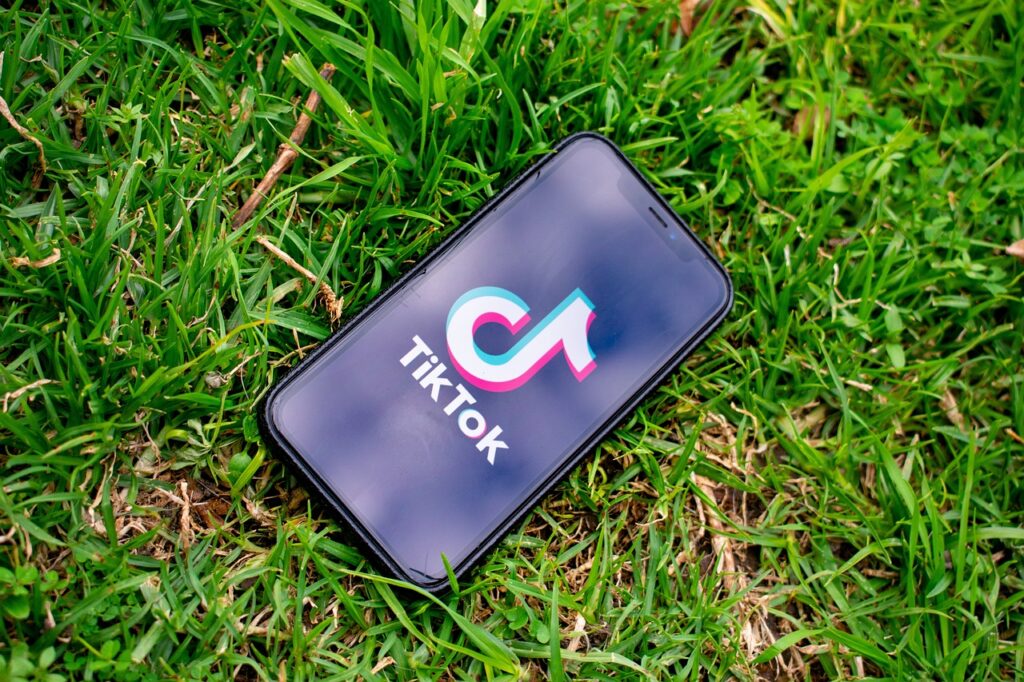
51 hidden gems located outside of Indianapolis
Here’s a curated list of 51 hidden gems located just outside of Indianapolis that are perfect for exploration.

Creating educational videos is a powerful way for small businesses to establish themselves as industry experts. By providing valuable, informative content, you can build trust, grow your audience, and position your business as a go-to resource in your field. Here are some tips to create effective educational videos:
Identify their pain points: Understand the challenges, questions, and interests your target audience has within your industry. Your educational videos should address these needs.
Tailor content: Create content that is relevant to your audience’s knowledge level. For example, beginners may need more basic how-to guides, while more advanced viewers might prefer in-depth tutorials or industry insights.
Focus on your strengths: Choose topics that align with your business’s expertise. For example, if you run a bakery, create videos on baking techniques, ingredient selection, or recipe development.
Niche down: Narrowing your focus to specific, niche topics helps position you as an expert in a particular area. Specialized knowledge is more valuable than general information.
Simplify concepts: Explain complex ideas in an easy-to-understand way. Use analogies, step-by-step explanations, and examples that relate to your audience’s daily life.
Use visuals: Diagrams, charts, and animations can help illustrate complicated concepts. Visual aids enhance comprehension and make your videos more engaging.
Relate to real-life scenarios: Use storytelling to explain how the information you’re sharing applies in the real world. Case studies, customer success stories, or personal experiences make your content more relatable.
Engage emotionally: An emotional connection helps reinforce your message. Whether through humor, inspiration, or empathy, appealing to your audience’s emotions increases retention and trust.
Start with an outline: Plan your videos by outlining the key points you want to cover. A clear structure ensures your content flows logically and keeps viewers engaged.
Keep it concise: Avoid overloading viewers with too much information in one video. Focus on one topic per video and break long content into smaller, digestible parts.
How-to tutorials: Walk viewers through a process or task step-by-step. These videos can showcase your expertise in practical ways that viewers can immediately apply.
Explainer videos: Simplify a topic or concept using animated visuals or on-camera explanations. Explainers work well for breaking down industry-specific jargon or technical terms.
Q&A sessions: Answer frequently asked questions in your industry. This format demonstrates your deep knowledge and allows you to engage directly with audience queries.
Case studies: Show how your products or services solve real-world problems by featuring case studies or client success stories. This is especially effective for service-based businesses.
Clear visuals and sound: Ensure your video is well-lit and the sound is clear. A poor-quality video can damage your credibility. Use a tripod for stability and an external microphone for better audio.
Professional editing: Edit your videos to remove unnecessary pauses, mistakes, or long segments. Adding transitions, text overlays, and graphics enhances the professional feel of your videos.
Be authentic: Let your personality shine through in your videos. Being approachable and relatable builds trust with your audience and makes the educational content more engaging.
Avoid being overly scripted: While you should plan your videos, try not to sound too rehearsed. Speak naturally, as if you’re having a conversation with your audience.
Screen sharing and tutorials: If you’re explaining software, websites, or technical tools, use screen recording to demonstrate the steps on your computer. Tools like Camtasia or Loom are great for this.
Real-life demonstrations: For product-based businesses, film real-life demonstrations or product walkthroughs to show your audience how to use them effectively.
Encourage engagement: End your video with a clear CTA, such as asking viewers to subscribe, visit your website, sign up for a newsletter, or download a resource.
Invite feedback or questions: Encourage viewers to leave comments with questions, which you can answer in future videos. This not only boosts engagement but also gives you ideas for new content.
YouTube and SEO: YouTube is the second-largest search engine, so upload your videos there and optimize them with relevant keywords. Write a descriptive title and detailed description, and use tags to help people find your content.
Social media sharing: Share your videos on social media platforms like Facebook, Instagram, LinkedIn, and TikTok. Adapt the format to suit each platform’s style—shorter, snappier clips for social media, and longer, more detailed versions for YouTube or your website.
Embed on your website or blog: Create a dedicated section for educational videos on your website or embed them into relevant blog posts to drive more traffic.
Guest appearances: Collaborate with other experts in your industry to create co-branded educational videos. This can expand your reach to their audience while providing your viewers with a fresh perspective.
Interviews and discussions: Conduct interviews with industry leaders, influencers, or satisfied clients. Discussions with other experts add credibility and create engaging, authoritative content.
Create a video series: Instead of one-off videos, create a series on a particular topic. This approach allows you to cover a topic in-depth over multiple episodes, building viewer loyalty and encouraging people to come back for more.
Regular posting schedule: Posting videos consistently builds trust and keeps your audience engaged. Set a regular schedule (weekly or bi-weekly) for releasing educational content.
Watch analytics: Track video views, watch time, and engagement rates to see what content resonates most with your audience. Platforms like YouTube, Facebook, and Instagram offer built-in analytics.
Respond to feedback: Pay attention to comments and feedback to refine your future videos. Engaging with your audience’s feedback also strengthens relationships and shows that you value their input.
Current knowledge: Regularly update your content to reflect the latest trends, tools, or innovations in your industry. This ensures that your videos remain relevant and establish you as a forward-thinking leader.
Timely content: Create educational videos around trending topics or industry news. Capitalizing on what’s current can drive additional traffic and engagement.
By creating informative and engaging educational videos, small businesses can build their reputation as industry experts. Consistency, authenticity, and a clear understanding of your audience’s needs will help you grow trust and establish authority, leading to increased customer loyalty and business growth.
Explore more insights on videography on our blog! Dive into valuable content at Sergi Studios Blogs.

Here’s a curated list of 51 hidden gems located just outside of Indianapolis that are perfect for exploration.

Here are some tips on how to use video production to market on TikTok:

Corporate video production involves creating video content commissioned by a business or organization.

Promoting your business with video in Indianapolis, Indiana can be highly effective given the city’s dynamic and diverse market.

In today’s digital age, businesses are constantly seeking innovative ways to capture the attention of their target audience and stand out from the competition.

Promoting your business with video in 2025 will continue to be a powerful way to engage audiences and expand your reach.